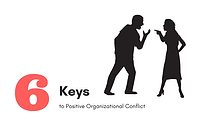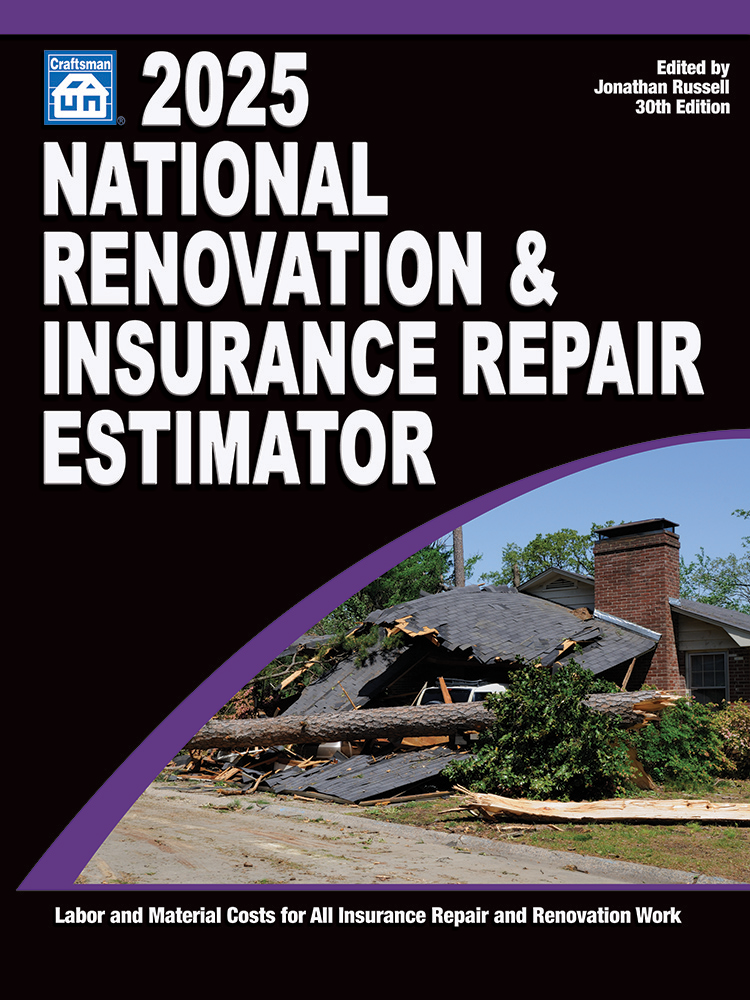8 Keys to Building a Culture of Safety

When an organization builds a culture of safety, they create an environment that communicates care for the employees. A key building block in the safety paradigm is the incorporation of personal protective equipment (PPE). As the governmental agency that is responsible for educating and overseeing workplace safety, OSHA has advised, “If PPE is to be used, a PPE program should be implemented. This program should address the hazards present; the selection, maintenance, and use of PPE; the training of employees; and monitoring of the program to ensure its ongoing effectiveness.”
A culture of safety saves money by keeping an organization out of trouble and keeping employees on the job. According to OSHA, “It has been estimated that employers pay almost $1 billion per week for direct workers' compensation costs alone.” In case you missed it - that was per week. This means employees are getting injured at a rate that should not be acceptable and there is great incentive for companies to invest in improving their approach to safety.
Let’s review eight keys to building a culture of safety, starting with personal protective equipment:
- What is PPE
PPE stands for Personal protective equipment. The employer is required to identify the hazards that exist in relationship to the scope of work that they are sending their employees out to complete. In the identification of those hazards the employer must provide training to mitigate those hazards as well as personal protective equipment to ensure safety of employees.
To be clear, personal protective equipment does not remove all hazards for employees nor does it alleviate all liability for workplace safety for employers. OSHA states, “Controlling a hazard at its source is the best way to protect workers. However, when engineering, work practice and administrative controls are not feasible or do not provide sufficient protection, employers must provide personal protective equipment (PPE) to you and ensure its use.” Providing PPE to employees is one ingredient in the safety cake, to get the full taste there must be an effective training mechanism for helping employees to identify hazards as well properly utilize the equipment.
- What is OSHA
OSHA is the abbreviation for the Occupational Safety and Health Administration. OSHA operates as a part of the United States Department of Labor. OSHA was created by Congress through the Occupational Safety and Health Act of 1970, “To assure safe and healthful working conditions for working men and women by setting and enforcing standards and by providing training, outreach, education and assistance.”
- When is PPE necessary
The United States Department of Labor states, “If PPE is to be used, a PPE program should be implemented.” Personal protective equipment should be used in collaboration with workplace and environmental controls to reduce hazard exposure of employees. As previously mentioned, employers are first responsible to enact controls for safety through:
- Engineering
- Work practice
- Administrative
When these controls are not “feasible or sufficient” to protect employees then PPE must be utilized.
- What kind of PPE is necessary
With regard to hazardous materials, OSHA 1910.120 App B covers the general description and discussion of the levels of protection and protective gear. In this section of OSHA there are four levels of personal protective equipment:
- Level A - To be selected when the greatest level of skin, respiratory, and eye protection is required.
- Level B - The highest level of respiratory protection is necessary but a lesser level of skin protection is needed.
- Level C - The concentration(s) and type(s) of airborne substance(s) is known and the criteria for using air purifying respirators are met.
- Level D - A work uniform affording minimal protection: used for nuisance contamination only.
- Who is responsible to provide PPE
OSHA has created a handout to attempt to clarify who is responsible for providing personal protective equipment. “On May 15, 2008, a new OSHA rule about employer payment for PPE went into effect. With few exceptions, OSHA now requires employers to pay for personal protective equipment used to comply with OSHA standards.”
- How does a team member properly put their PPE on, adjust, wear and take it off
This is also referred to as don and doff. If the manner in which personal protective equipment is put on is incorrect then employees may be exposing themselves to hazards with a false sense of security. If the manner in which PPE is taken off is incorrect then the employees may be exposing themselves and their families to hazards by bringing contaminants home with them. If employees do not know how to properly put their PPE on or take it off then there is a dual threat of hazard exposure for the employee as well as liability exposure for for the employer. It is in the best interest of all parties to ensure this aspect of training is addressed.
Three keys to effective training: 1) Training should be clear; 2) Training should be concise; and 3) Training should be interactive
- What are the limitations of the PPE being used
Personal protective equipment should be viewed as one component of a proper safety program. 360training.com has a helpful pictographic that includes limitations of PPE, “While PPE helps protect workers from myriad hazards, it does have certain limitations. For example:
- Safety Glasses: Do not protect the eye area or the face from chemical splashes.
- Splash Goggles: Do not protect against impact by a solid material.
- Face Shield: Does not protect against impact hazards.
- Lab Coats: Do not protect against blood-borne pathogens or flammable materials.
- Aprons: Do not protect against molten metal splashes, hot liquids, steam, or continuous thermal loads.”
Many employers have found it helpful to have their employees and/or designated representatives acquire OSHA 10 and 30 hour training which provides more in depth training. A culture is more about what we do as an organization than what we say, so the more people that have training and certification in these areas will result in broader buy-in by the team.
- What is the proper care, maintenance, useful life and disposal of the PPE
OSHA expects that employees:
- Properly wear PPE
- Attend training sessions on PPE
- Care for, clean and maintain PPE
- Inform a supervisor of the need to repair or replace PPE
In order to protect themselves and ensure that their employees are following the procedures, employers should host and document regular training. A thorough, consistent and relevant training program will communicate to team members that their organization cares about building a culture of safety.
Competing in the marketplace requires organizations to recruit, develop and retain good employees. Once those employees are in the door they must be trained on how to perform their work safely which includes knowing how to identify hazards, what personal protective equipment to use and how to maintain their PPE. Building a culture of safety communicates to the team that the organization cares about them. Building a culture of safety is essential to being competitive as it helps to keep players in the game and significantly reduces the cost of preventable workplace injuries or illness.
Looking for a reprint of this article?
From high-res PDFs to custom plaques, order your copy today!








